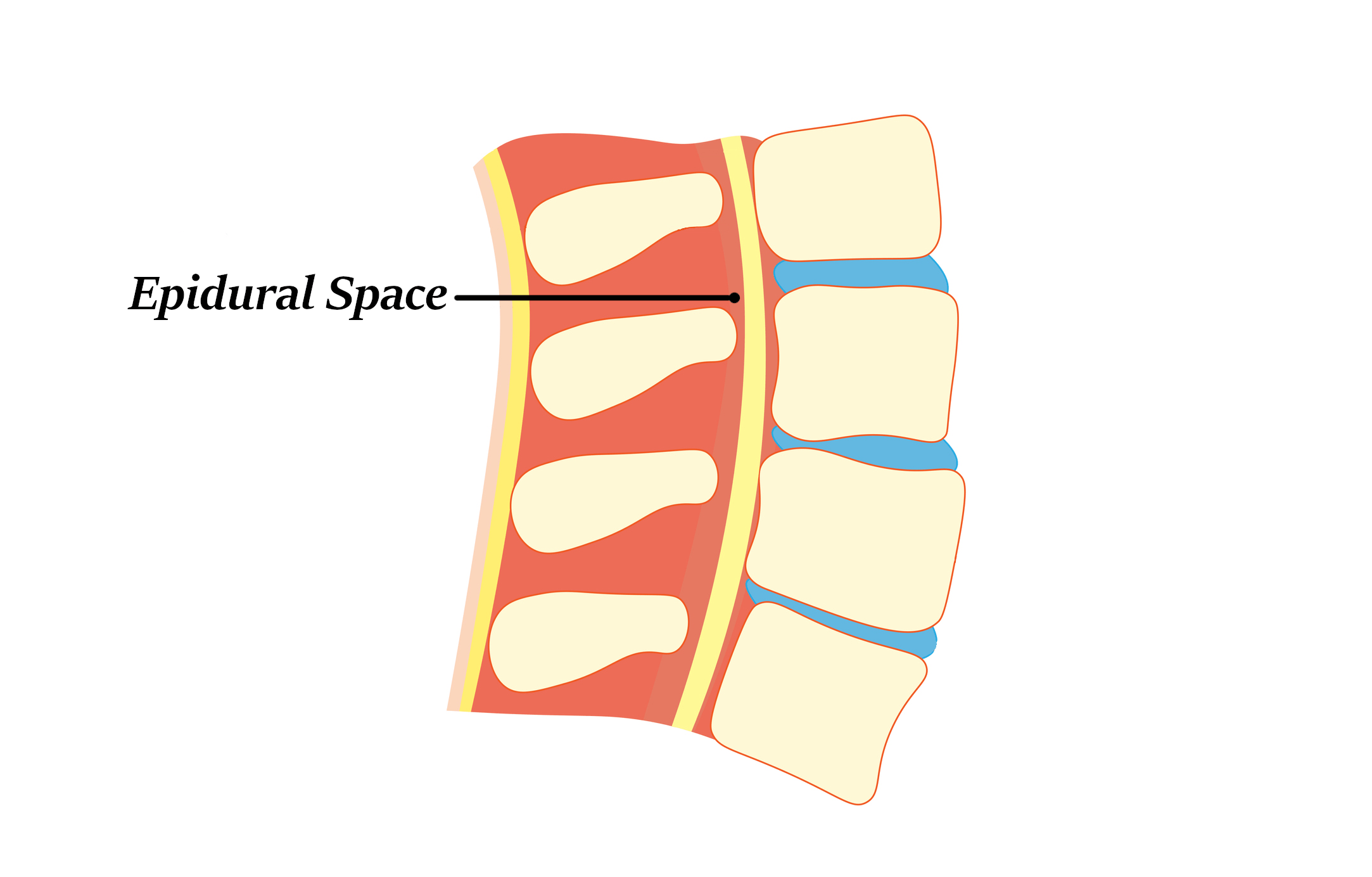
Epidural Steroid Injections
A minimally invasive option for individuals seeking relief from back pain.
Epidural steroid injections (ESIs) are a minimally invasive and commonly recommended treatment option for individuals seeking relief from back pain, neck pain, or pain radiating down the arms or legs.
These injections involve the precise delivery of a corticosteroid medication into the epidural space surrounding the spinal nerves. The aim is to reduce inflammation and alleviate pain caused by conditions such as herniated discs, spinal stenosis, or sciatica.
ESI can provide significant relief for many patients and may be administered as part of a comprehensive pain management plan, often in conjunction with other therapeutic approaches.
Epidural steroid injections are typically administered in an outpatient setting. The procedure involves the following steps:
First, the patient is positioned comfortably, often lying on their stomach or sitting upright. The skin over the injection site is then cleaned and sterilized. To minimize discomfort, a local anesthetic is applied to numb the area. Using fluoroscopic guidance (real-time X-ray) or ultrasound, a thin needle is carefully inserted into the epidural space, which is the area around the spinal nerves and spinal cord. Once the needle is properly positioned, a combination of corticosteroid medication and, sometimes, a numbing agent is injected into the epidural space. This medication works to reduce inflammation and relieve pain.
Patients may feel some pressure during the injection but should not experience significant pain. After the procedure, patients are typically monitored for a short time and can often return home the same day.
After receiving an epidural steroid injection (ESI), it’s important to follow post-treatment care guidelines to maximize the benefits and minimize any potential side effects.
Initially, you might experience some mild soreness or numbness around the injection site, but this should subside within a day or two. It’s advisable to take it easy for the first 24 hours, avoiding strenuous activities. Ice packs can help reduce any local swelling or discomfort.
You can typically resume regular activities the day after the injection, but it’s essential to avoid heavy lifting or intense exercise for a few days. It’s also crucial to keep an eye out for any signs of infection or unusual reactions, such as increased pain, redness, or swelling at the injection site, fever, or neurological symptoms, and promptly report them.
Follow-up appointments will be scheduled to assess your progress and determine if additional injections are necessary to achieve the desired pain relief.
Get to the root of your pain.
Experience comprehensive pain care designed to treat the root cause of your pain, not just your symptoms.
